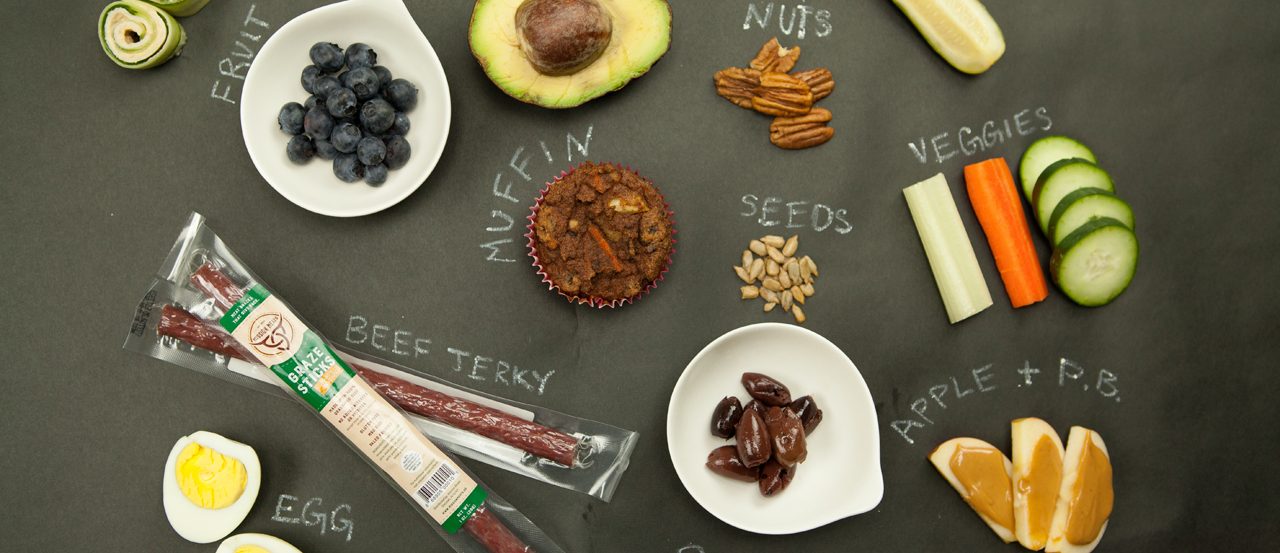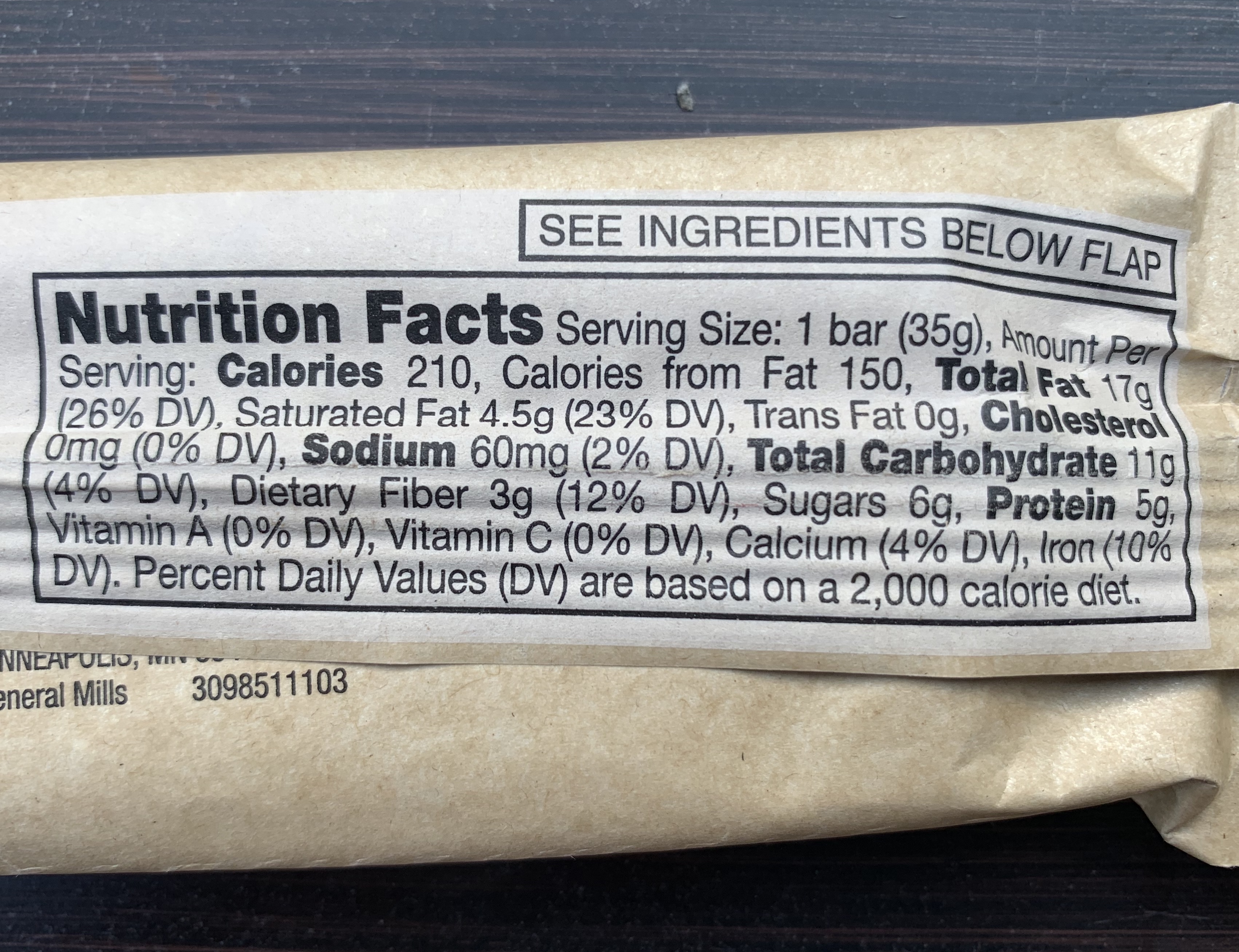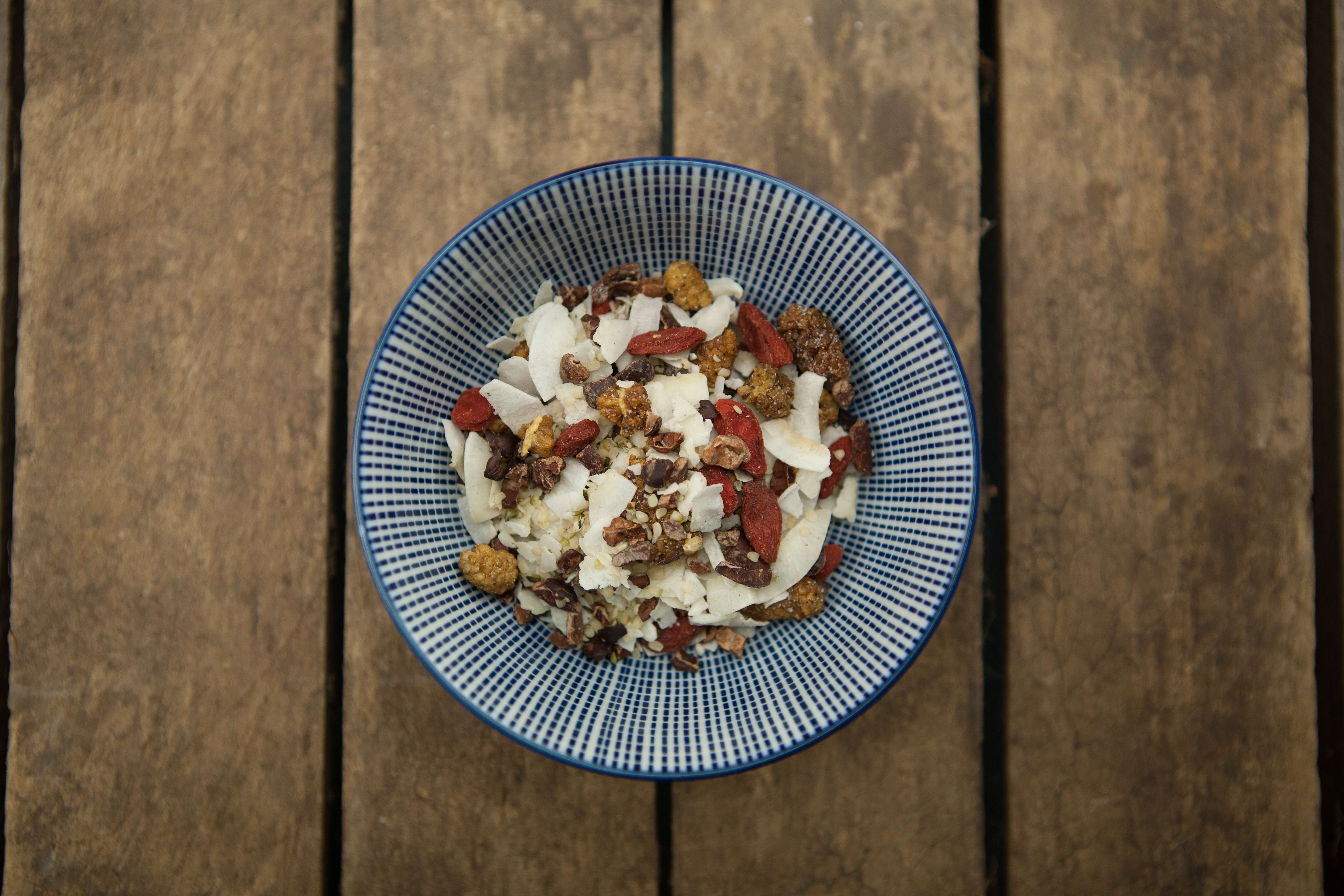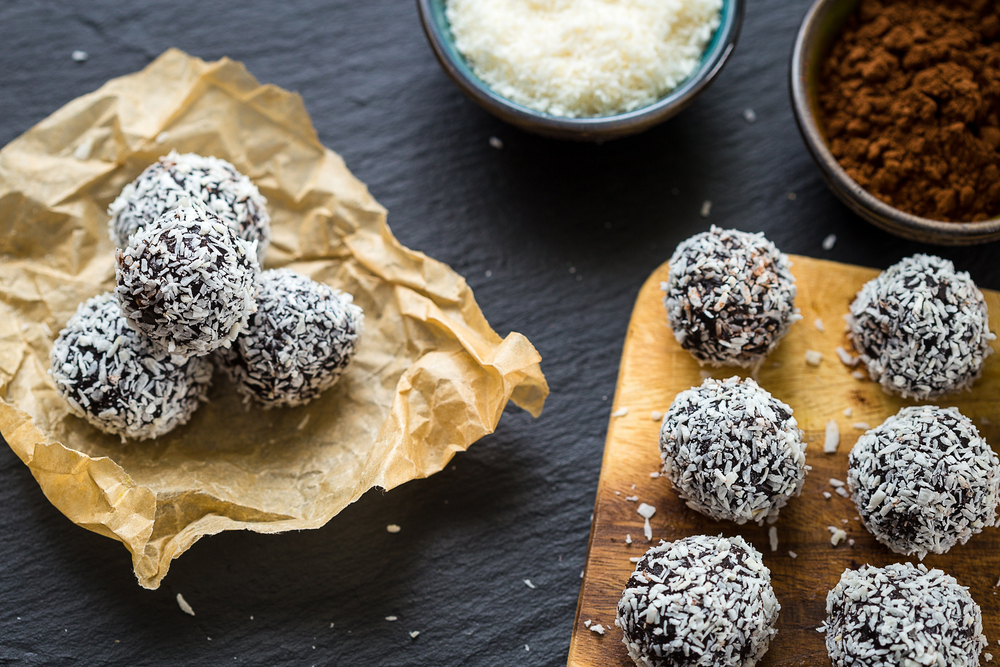
In a previous post for the CFLF, Increasing Calories With Nutrient Dense Foods, I discussed the importance of whole food nutrition when it comes to increasing calories, especially at meal times. For this post, I’d like to focus on ways to get calories while exercising and on-the-go. Packable, quick foods should be no different than planning your meals in that focus should be given to nutrient density and healthful ingredients, but these are often foods that people just grab and go with little thought about nutritional value.
When packing snacks and on-the-go foods I tend to focus on the addition of proteins which help to satisfy hunger for long periods of time and are used to repair and build muscles to support the work that you’re doing through exercise. Carbohydrates are equally as important when exercising since they help to replenish energy reserves so that you’re able to keep at it for longer periods of time. Fats act as the longest, slowest source of fuel for the body, are an excellent source of calories, and should not be ignored as healthful ingredients when thinking about foods to pack along for your journey, whatever that may be. You can certainly try out different combination of macronutrients (carbohydrates, proteins, and fats) if you’re interested in optimizing performance, but I tend to follow a less strategized approach for simplicity’s sake.
I often pack whole food snacks like chopped fruits and vegetables with hummus and nut butters when traveling or planning for an activity where food can be packed along (more on that in a moment), but I also rely on some packaged foods when it doesn’t make sense to lob around bulky foods in containers. I buy many of these packaged foods from Amazon or Costco, but I like to keep a few guidelines in mind when looking over the ingredient list.
1. Start by reading the ingredient list to guarantee that you’re buying a healthy product made from real food ingredients. Packaged foods are notoriously packed with fillers, stabilizers, flavor enhancers, and preservatives.

2. Keep the added sugars to a minimum, which is especially important when buying bars and dried fruit. My first choice is to find bars with no added sugars that are sweetened naturally with dates, but that’s not always possible. I therefore aim to buy bars and other energy foods that have no more than 5 – 6 grams of added sugar per serving. Ideally these sugars would come from honey, maple syrup, coconut sugar, or another form of minimally processed sugar.
3. When avoiding sugar you’ll likely run across a variety of alternative sweeteners and unfortunately, they’re not all beneficial for your health. Artificial sweeteners like aspartame and saccharin have negative health effects and should therefore be avoided. Naturally occurring sweeteners like erythritol, xylitol, mannitol, and other sugar alcohols have become increasingly popular and I considered these to be acceptable additions to food as long as they’re well-tolerated. These sugar alcohols are naturally occurring byproducts of fermentation that have a well-established safety profile. In fact, some of these sweeteners have even been shown to have positive effects on dental health. However, sugar alcohols are poorly tolerated by some individuals and can cause mild to intense digestive upset. You’ll just have to try these alternative sweeteners to know whether you’re able to tolerate it, but I do recommend using caution if you’re already prone to digestive distress.
4. Be aware that not all foods that are marketed as healthy are good for you. Labels such as “heart healthy”, “low fat”, “contains whole grains”, etc. aren’t indicators that you’re buying a superior product. You really need to look at the ingredient list, see where those calories are coming from, and use your food detective skills to figure out which foods are healthy and what’s just false advertising.
The above guidelines can help you make better choices when it comes to packaged snacks, but don’t forget to consider the value of whole foods when it comes to snacks and other on-the-go foods.

For times when space isn’t as limited, like long car rides or carrying a backpack on a hike, I’ve shared a sugar-free muffin recipe from my cookbook below, The Grain-Free, Sugar-Free, Dairy-Free Family Cookbook. This recipe is one of my kids’ favorite calorie-packed energy foods. Pack these muffins along with hardboiled eggs, string cheese, fruit, and nuts, and you have a calorie and nutrient dense snack pack for the day. I like to prepare some recipes in bulk (the recipe below yields 24 muffins) since many foods can be frozen for grab-and-go snacks when nothing else is available. Having foods stored in the freezer for when you’re crunched for time can be a game changer when it comes to improving your diet.
If you’re to pack more made-from-scratch-foods, you’ll need proper storage containers. Leakproof containers are preferable since you won’t be limited by their function.

The last point that I’ll leave you with is that you have to stock your pantry, freezer, and refrigerator with healthy options if you’re to be successful in implementing a healthy diet. This is especially true when you have young kids who are often quick to choose sugary, colorful snacks that don’t likely have adequate nutrition for their growing bodies (read Cultivating Healthy Eating Habits in Our Children for some guidance and suggestions on feeding kids). When you preemptively stock your home with healthy foods, you automatically find yourself and your family making good choices. In my experience as a health coach, this is best accomplished my making a plan before you go to the grocery store and sticking with it. I highly encourage you to check out my cookbook for more ideas surrounding meal planning and prep and how to cut down on the time investment it takes to cook from scratch. While having a child with CF certainly wasn’t something I had planned for, there have been a number of gifts that have come from my daughter, and my dedication to a healthy diet has been one of such gifts. I believe you too can learn to use diet and exercise as part of an integrative approach to disease management.
Homemade Electrolyte Solution
Ingredients:
Juice from ½ lemon
2 teaspoons maple syrup or raw honey
1 teaspoon raw apple cider vinegar
Pinch of sea salt
8 oz water
Directions:
Mix all ingredients together and enjoy within a few hours or store the beverage in the refrigerator for up to five days. Shake immediately before serving.
Carrot Cake Applesauce Muffins
Ingredients:
10 eggs
2 cups (490 g) unsweetened applesauce
1 cup (130 g) coconut flour
½ cup (100 g) melted coconut oil
4 tablespoons cinnamon
2 teaspoons vanilla extract
2 teaspoons baking powder
½ teaspoon salt
¾ cup (75 g) shredded carrots
¾ cup (130 g) raisins
¾ cup (85 g) chopped walnuts
Directions:
1. Preheat the oven to 400°F (204°C).
2. Whisk the eggs, then add in the applesauce, coconut flour, coconut oil, cinnamon, vanilla, baikng powder, and salt. Whisk together all ingredients to form a smooth batter.
3. Using a large spoon, mix in the remaining ingredients.
4. Use a ¼-cup (60 ml) measuring cup to scoop batter into 24 silicon muffin molds or paper-lined muffin pans. Bake the muffins for 18 minutes or until the tops are just barely set. The muffins do not appear to be cooked through, but they’ll continue to set as they cool.
5. Muffins are best 24 hours later, which allows time for the flavors to meld, but can be served once completely cool.

Leah lives in the mountains of North Carolina with her husband, T. C., and her two children, Owen and June. Owen has a life-threatening anaphylactic allergy to wheat, and June has cystic fibrosis. Leah’s commitment to a nutrient-dense diet has played an important role in her children’s integrative care. Her book, The Grain-Free, Sugar-Free, Dairy-Free Family Cookbook is a complete guide for families interested in learning how to efficiently cook more made-from-scratch meals. Leah obtained her health coach certification from the Institute for Integrative Nutrition after earning a Bachelor of Science degree in Environmental Biology and a Master of Public Health degree in Environmental Health Sciences. She has worked in nutrition and gardening education since 2009 with a focus on engaging children in healthy eating habits through experiential learning and discovery. Leah started and runs the Deep Rooted Wellness blog, on which she posts stories and tips regarding nutrition, gardening, and healthy families.
Help Others Live STRONGER and LONGER-
***Views expressed in the CFLF Blog are those of the bloggers themselves and not necessarily of the Cystic Fibrosis Lifestyle Foundation***
***Please speak with your physician before making any changes to your CF management***
Add new comment